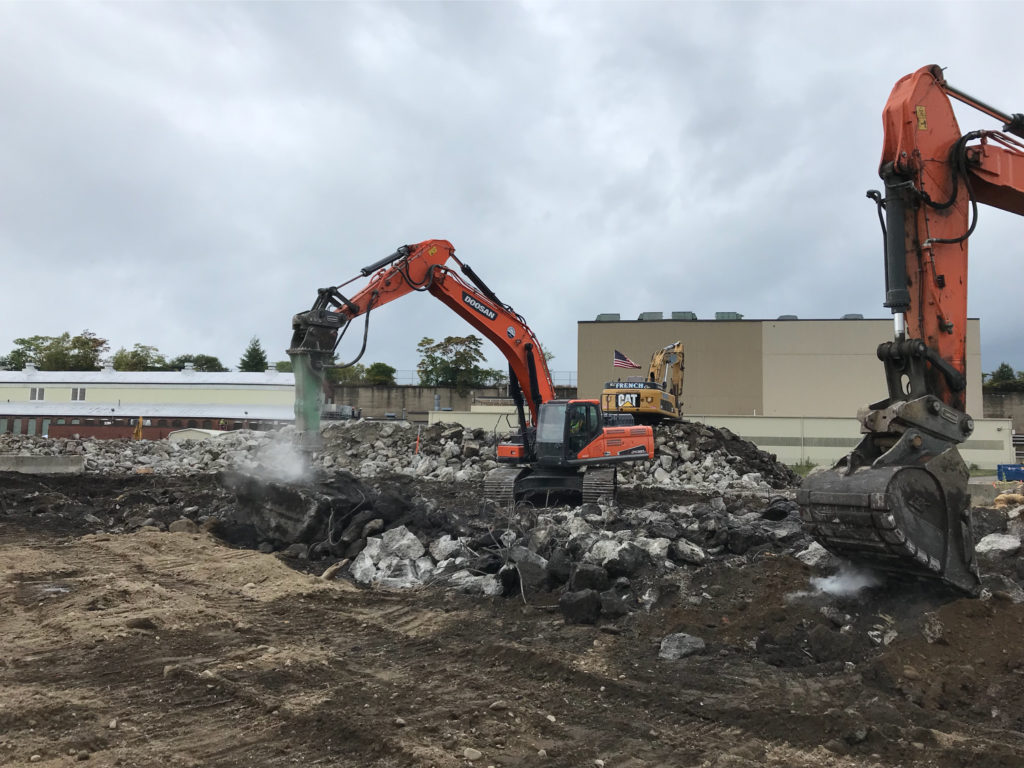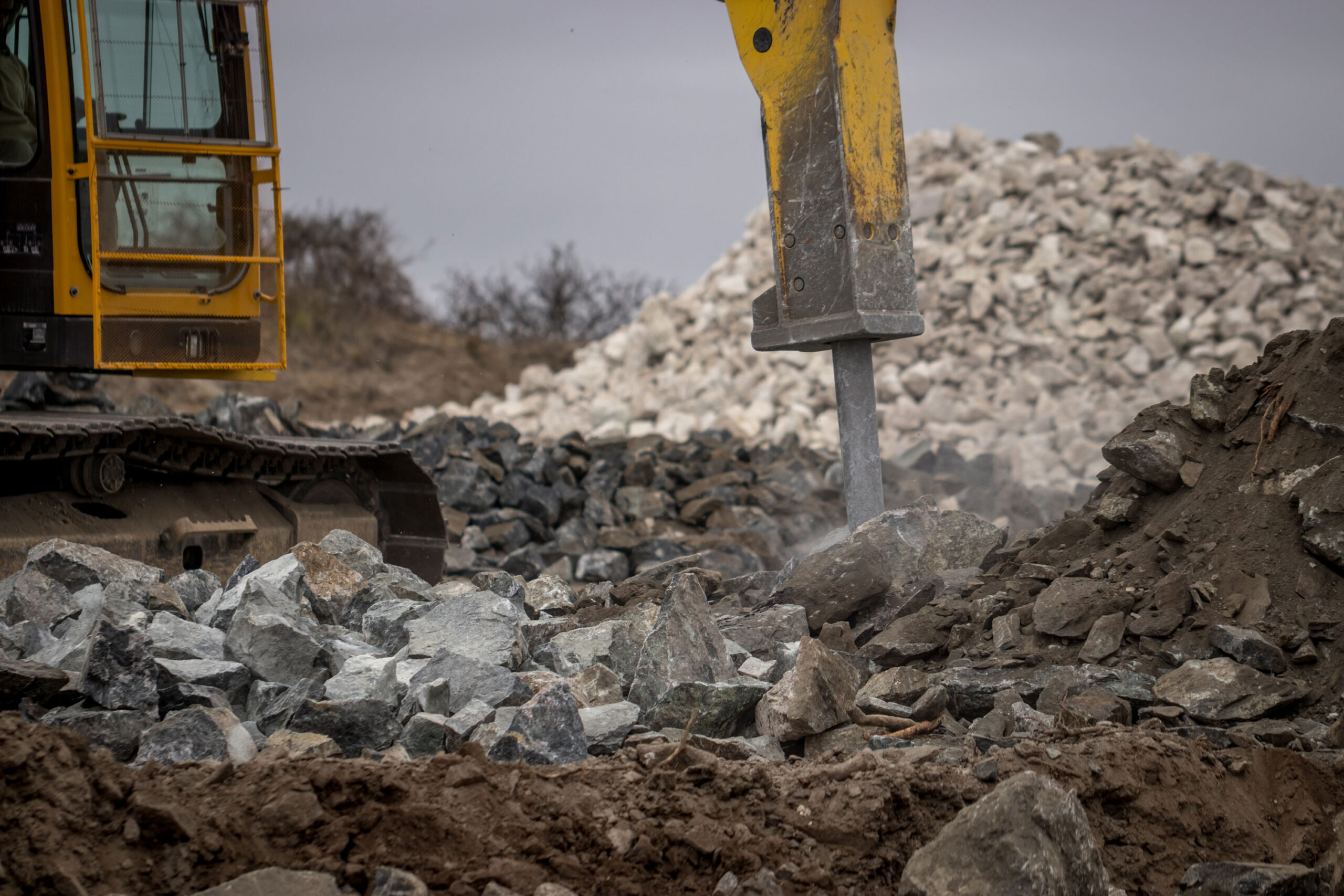The most common symptom that a hammer needs to be rebuilt is that it leaks hydraulic fluid.

This leaking is typically observed as hydraulic fluid running down the tool bit. This usually means the piston seals have failed, but there are several other repair items that we typically observe:
- Reseal – Rebuilding a hydraulic hammer will always involve replacing all of the seals. Seals are relatively inexpensive compared the total cost of the rebuild, so attempting to reuse old seals is not a good idea
- Diaphragm – This is a critical component of the accumulator mechanism and contains high-pressure nitrogen gas within the hammer. Leaks or rupture of the diaphragm will not allow the hammer to operate
- Lower tool bushing – The majority of hammers that come in for rebuild need a lower tool bushing. When the hammer is not positioned perpendicular to the hammering surface, the tool bit wears aggressively against the tool bushing. Insufficient tool grease application also accelerates tool bushing wear. When the bushing becomes too worn and loose, it allows the tool bit to ride slightly crooked in the hammer. This, in turn, allows the piston to strike the tool bit head crooked, and can cause damage or fracture to the piston striking surface
- Tie bars – This is what holds the whole hammer together. We regularly see hammers with tie bars that are entirely broken in half or with damaged threads. Tie bars fatigue over time, losing strength, and many manufacturers set a limit to the number of times they recommend a tie bar be reused. Tie bars are also recommended to be replaced in diagonal pairs across the hammer. Consider the fact that tie bars must withstand thousands of foot-pounds of torque and all of the impact energy of the hammer – you want them to be in top shape!
- Piston – Worn or damaged pistons are much less common than the items already discussed, but they do come up relatively frequently. In some cases minor imperfections in a piston can be gently polished while still maintaining the required tolerances. Other times, the piston might be deeply scored or even broken in half, requiring replacement. This is one of the more expensive components of a hydraulic hammer, but in most cases it is still more cost-effective to replace a piston than to consider the purchase of a new or rebuilt hammer
- Tool bit – Some operators have a tendency to run the tool bit (unless it breaks first) until it becomes very short. We recommend replacement of short tool bits as they can increase the heat transfer into your hammer. Excessive heat build-up in the hammer can cause premature wear or failure of the hammer

